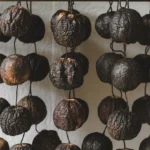Ever thought your leftover spaghetti could be Michelin-star worthy? Prepare for a culinary revolution! Transforming leftovers into gourmet dishes isn’t just for top chefs; it’s a kitchen secret ready for you to unlock. Recent studies reveal that 40% of edible food gets thrown away—but not in your home! Stick around to learn how turning last night’s dinner into today’s five-star meal is easier than you think.
1. Understanding Your Leftovers
Before we dive into transformation, let’s talk about what you have. Leftovers are the culinary world’s blank canvas. Understanding the base ingredients helps in creating new flavors. Whether it’s roast chicken or veggie curry, knowing how they can adapt is crucial. Did you know most recipes can be adapted by changing just one or two key components?

2. Creative Re-imagination: A Mindset Shift
Gourmet chefs don’t start with the finest ingredients; they often start with what’s available—just like you. It’s time to put on your creative hat. Next time you’re staring at leftover roast beef, think of empanadas, not sandwiches. This small shift in thinking can open a world of recipes. And really, who hasn’t tried to impress with a bit of culinary magic?
3. The Art of Re-Flavoring
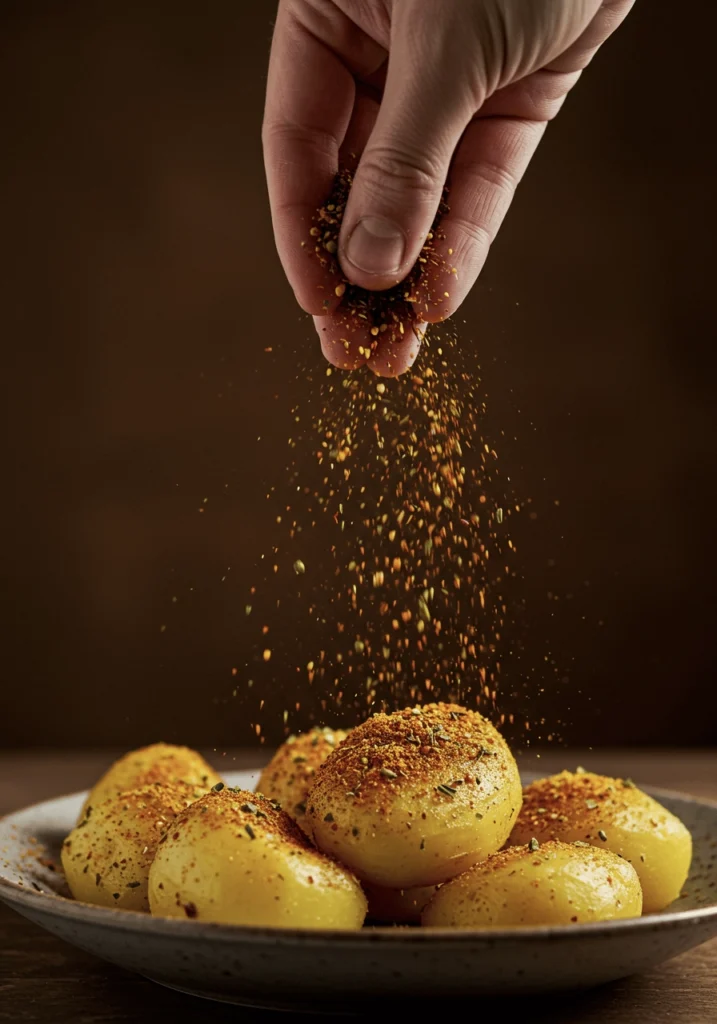
Often, all it takes is a dash of spice or a sprinkle of cheese to reinvent a dish. Spicing up your leftovers not only brings new life to them but also saves them from going stale in both taste and looks. For instance, mixing leftovers with unique sauces can lead to an infallible hit. Ever thought of using curry spices on leftover potatoes?
4. Texture Play: The Crunch Factor
Let’s talk texture. Adding something crunchy to yesterday’s soft lasagna turns it into an entirely new affair. Toasted breadcrumbs or crumbled bacon can do the trick. According to food psychology experts, combining diverse textures can enhance your meal’s appeal, creating an irresistible experience. Imagine a creamy risotto with a crispy onion ring topping.
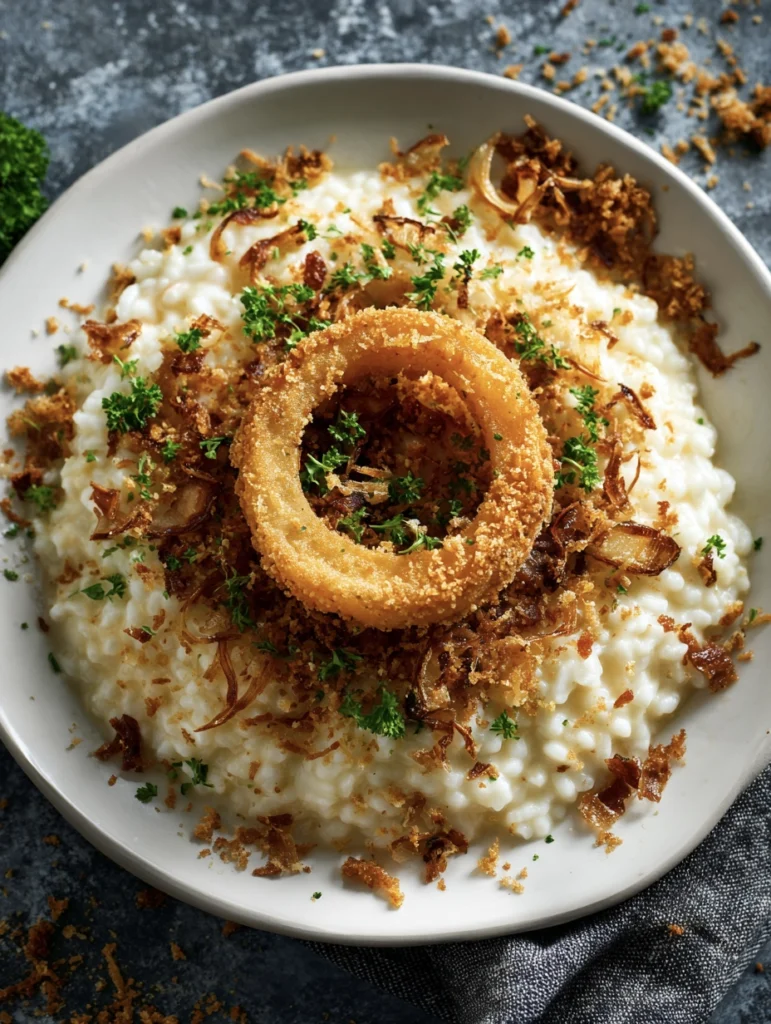
5. The Power of the Garnish
We eat with our eyes first. A simple garnish can make a world of difference. Adding fresh herbs or a pop of color can elevate the dish visually and flavor-wise. Culinary stats suggest that food presentation can enhance a meal’s perceived taste by up to 70%. So, what’s it going to be? Cilantro, parsley, or a zest of lemon?
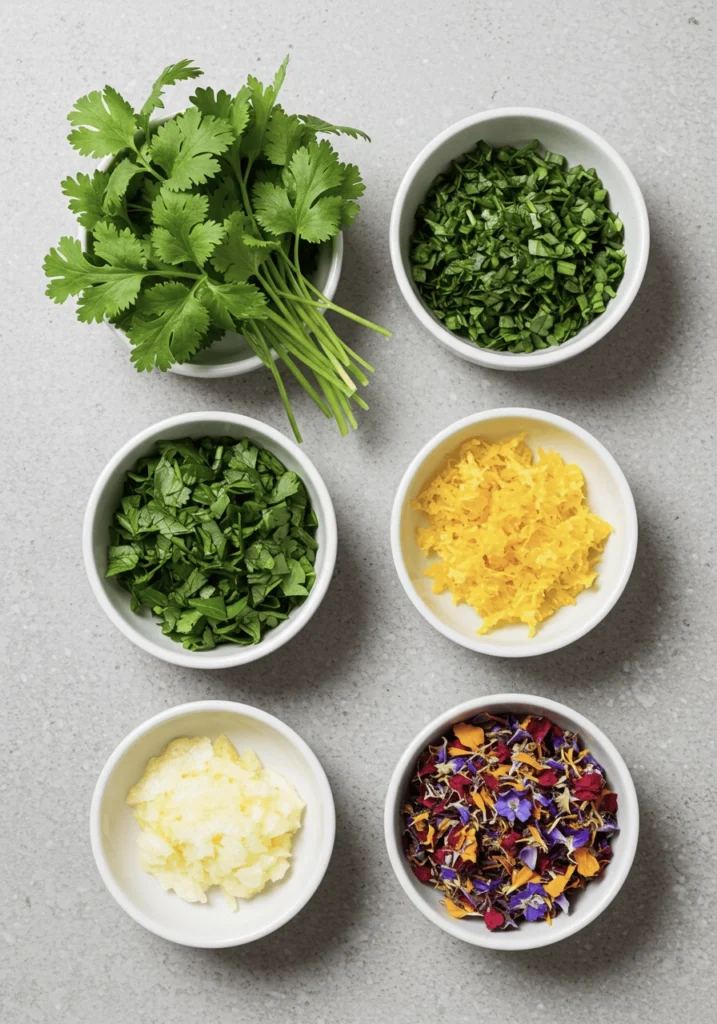
6. Repurpose Into New Dishes
Your leftovers have a higher calling: a completely new dish. Leftover rice can become arancini, while stale bread morphs into a rich bread pudding. If leftover stir-fry becomes a stunning frittata, that’s not magic—it’s savvy cooking. Research shows repurposing also cuts down food waste significantly, making this not just smart but sustainable.
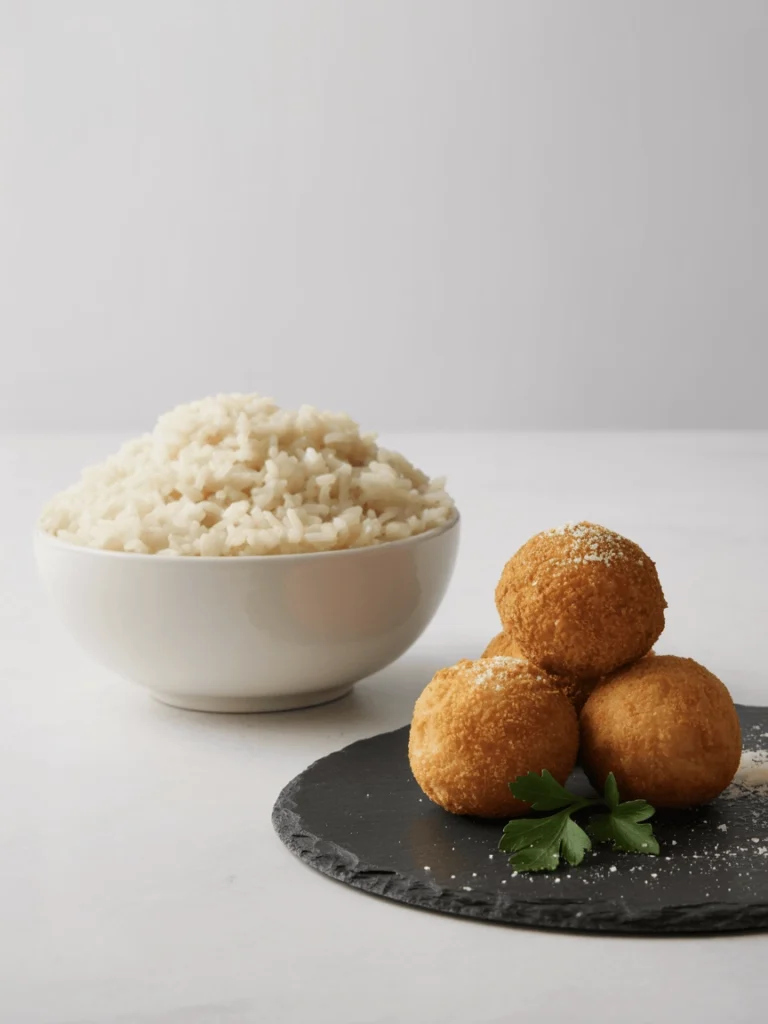
7. Incorporating Fresh Ingredients
If last night’s pasta is still yummy but missing that spark, fresh ingredients can ignite it. A few fresh veggies or fruits can boost both flavor and nutrition. Current trends emphasize fresh elements for enhancing leftovers without heavy processing. Think fresh tomatoes in your pasta or apple slices in yesterday’s pork.
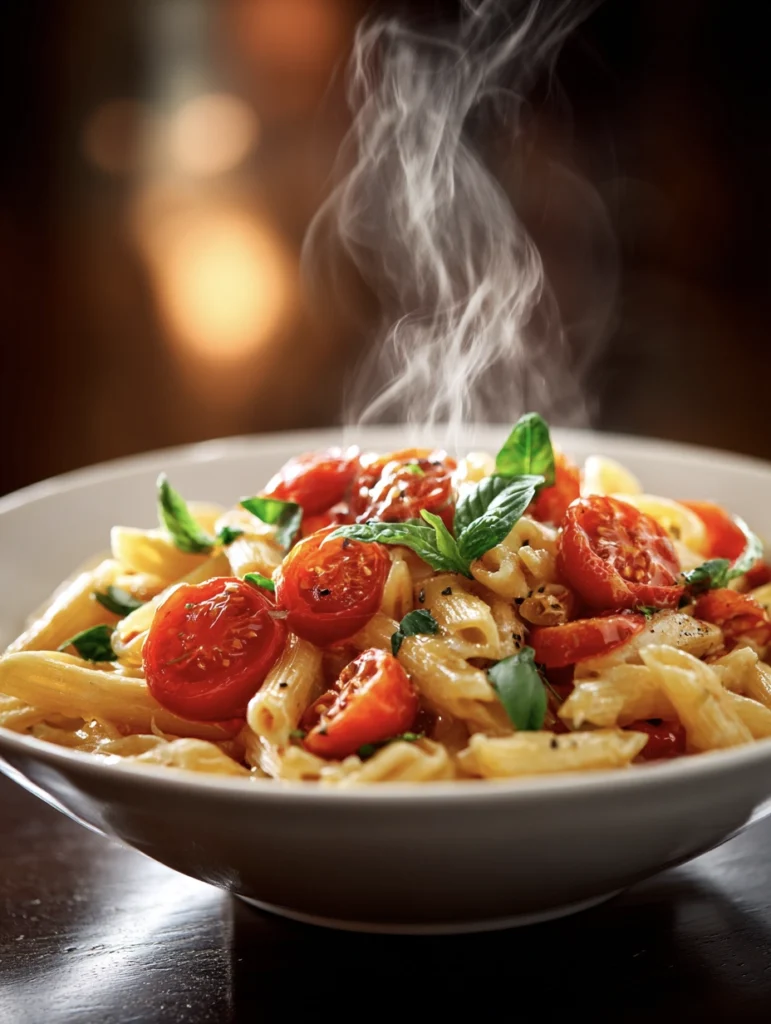
8. Creating Fusion Dishes
Ever considered a mix of cuisines on one plate? It’s bold, but it works—BBQ chicken pizza, anyone? Fusion dishes are all about courage. By blending different cuisines, you create something that satisfies diverse cravings. Statistics indicate that fusion food’s popularity is at an all-time high, so get inventive!
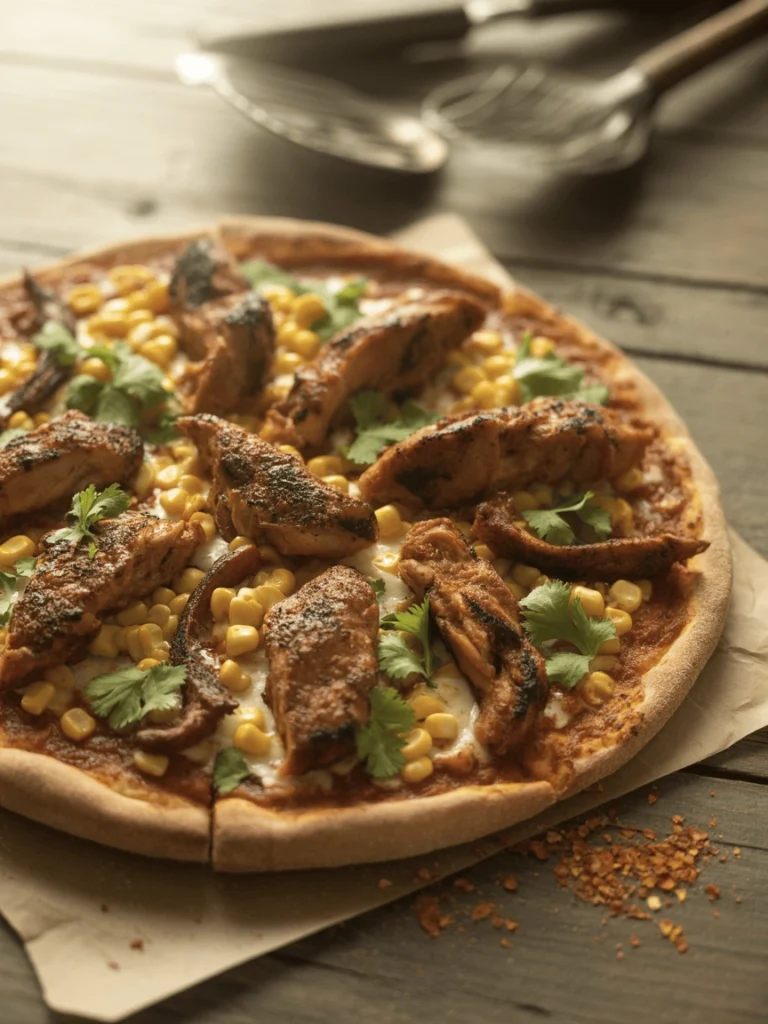
9. Making Use of Your Freezer
Your freezer is your best friend. Rather than eating the same dish days in a row, freeze portions for when you’re hungry but not in the mood to cook—a strategy that streamlines meal prep. Frozen leftovers can become lunchtime heroes, avoiding waste and stress. Did you know freezing can actually intensify flavors in some dishes?
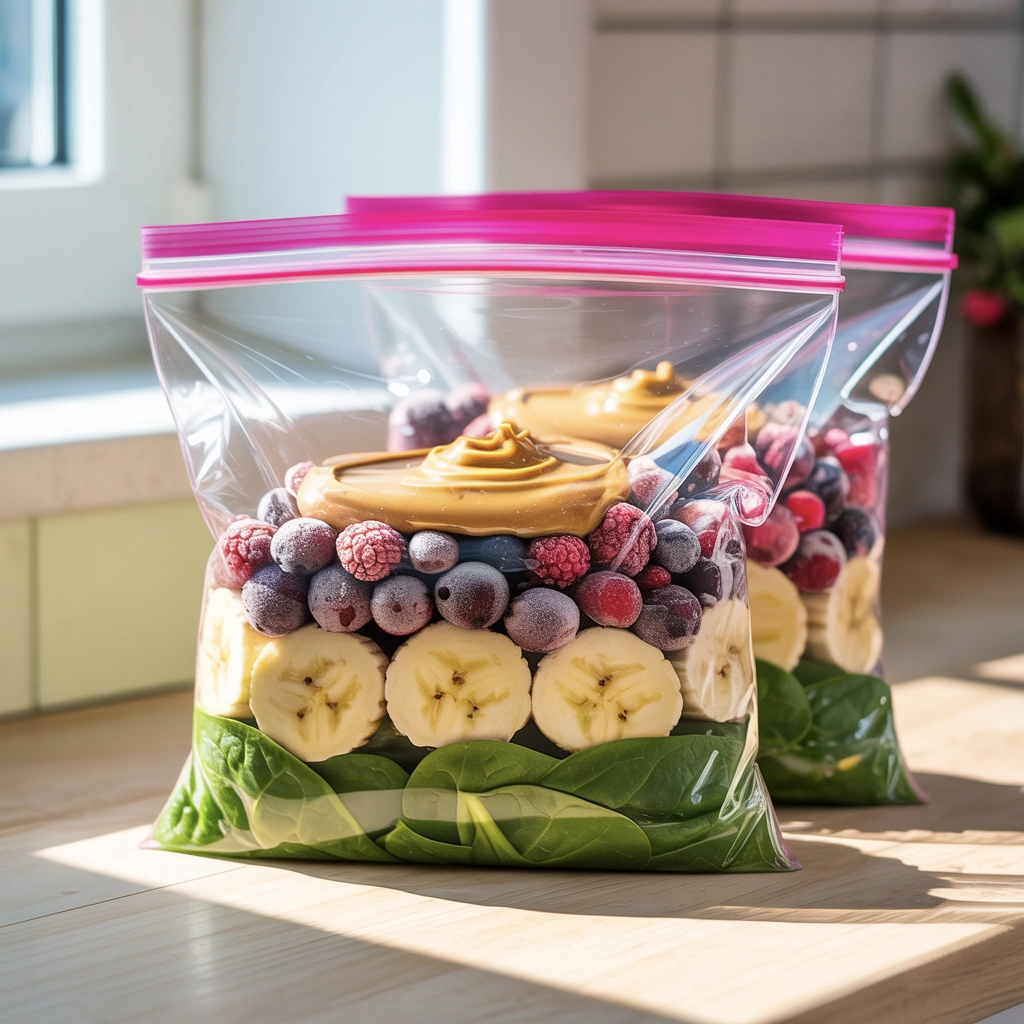
10. The Joy of Sharing
Sharing meals is an age-old tradition. Reinvented dishes are perfect for potlucks or casual gatherings. There’s joy in showing off a dish that began as ‘just leftovers’. Plus, shared meals often receive more praise than expected. Why not get friends together and give them a surprise they wouldn’t expect from yesterday’s chicken?
11. Smart Use of Sauces and Dressings
Sauces and dressings are magical elixirs. They can transform dry or dull leftovers into something succulent. Have a go-to sauce book, and never look back. Did you know chefs often rely on signature sauces to distinguish their dishes? From béchamel to teriyaki, the possibilities are endless.
12. The Importance of Seasonality
Timing is everything. Using seasonal produce or aligning flavors with seasons can enhance your leftover’s appeal. Statistics have shown that seasonal dishes are more appealing to the contemporary eater. It’s simple: cook with warmth during winter and inject cool freshness in summer dishes.
13. Letting Inspiration Guide You
Inspire, don’t limit yourself. Inspiration can come from anywhere—a restaurant visit, a cooking show, even a new ingredient at the grocery store. Following your culinary instinct might just lead to your next signature dish. Experts say spontaneity in the kitchen often leads to unexpected successes.
14. Cooking with the Community
Engage with your community for fresh culinary ideas. Social media platforms are filled with leftover transformation challenges and crowdsourcing. Being social about cooking lets you discover a network of creative minds to bounce your ideas off. A survey indicates that community-driven initiatives increase sustainability and creativity in the kitchen.
15. Exploring Bread and Dairy Options
Stale bread and leftover cheese? It’s a riot of possibility. Think savory bread pudding or cheesy toast melts, all of which can enchant an otherwise regular meal. Bread and dairy are alchemists of flavor when used wisely. Fun fact: These items form the base of comfort food favorites worldwide!
16. Simplifying with One-Pan Wonders
Keeping it simple is key. One-pan meals are the saviors of busy evenings, turning leftovers into a no-fuss dish. Fewer dishes mean more time enjoying your delectable creation and less cleanup. According to home cooking surveys, one-pan meals remain one of the most popular ways to utilize leftovers.
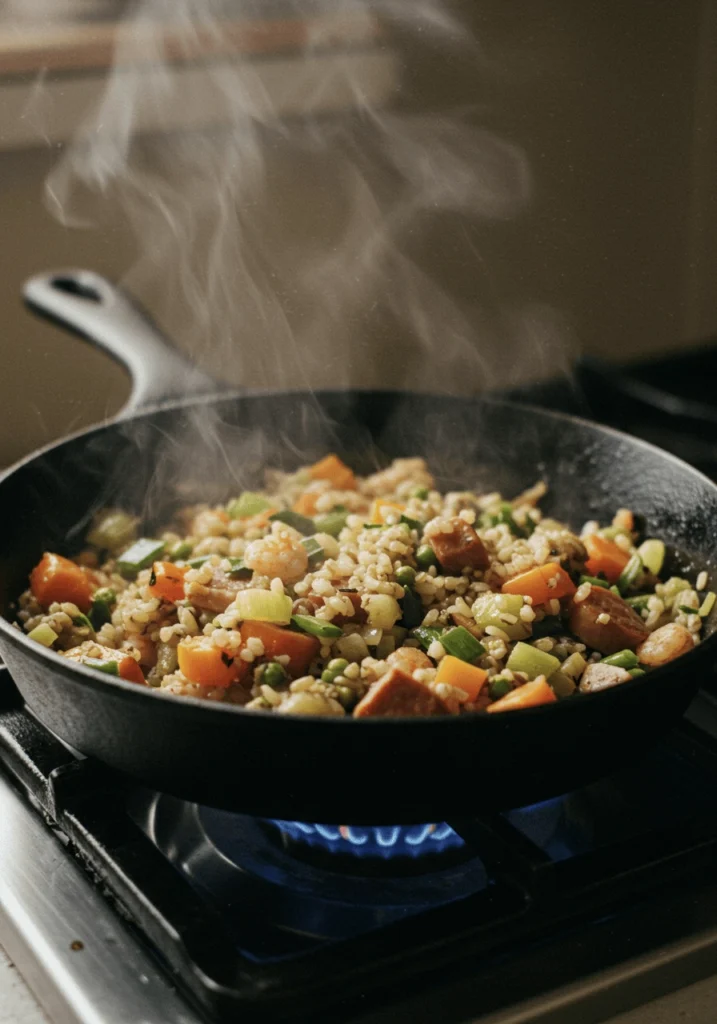
17. Embracing Mistakes and Experimentation
Lucky for us, not every great dish was perfect the first time. Mistakes lead you to culinary breakthroughs. Don’t be afraid to experiment—every trial can lead to a whole new kind of delicious. Experts reiterate: some of the best dishes were born of simple errors in the kitchen.




